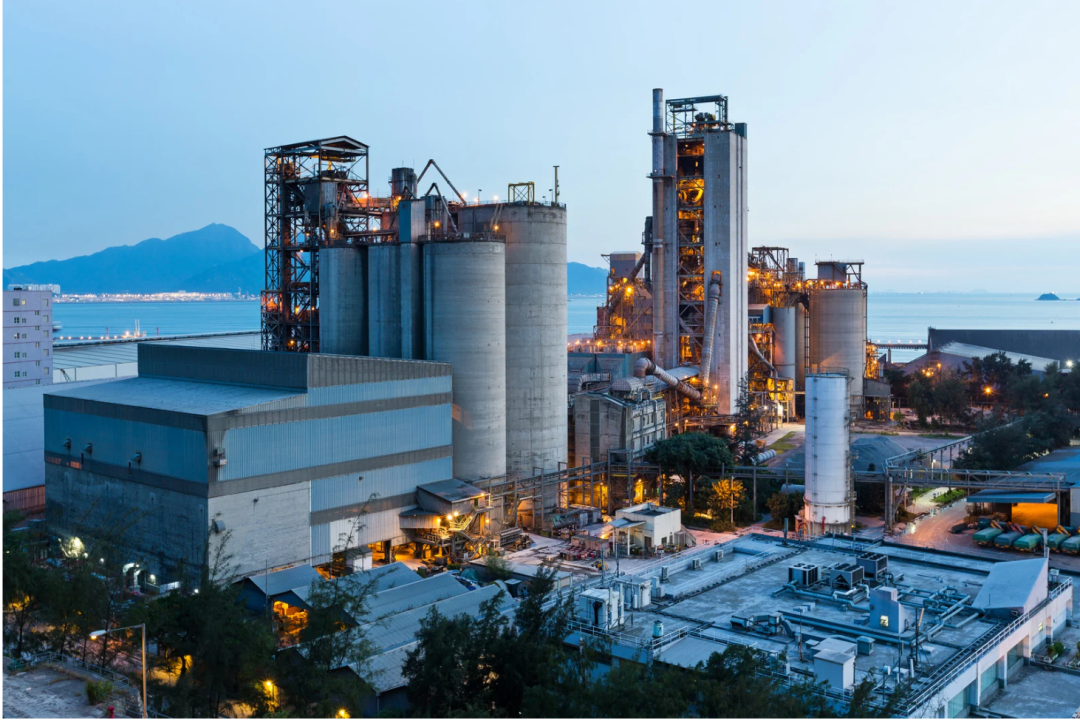Most Popular
-
Vibration Analysis: The Key to Predictive Maintenance
Predictive maintenance offers a powerful toolbox, and vibration analysis is a cornerstone. It excels.. -
See it Before it Breaks: Non-Destructive Testing for Predictive Maintenance
Non-Destructive Testing (NDT) helps factories see inside machines to find hidden flaws, preventing c.. -
Beyond the Basics: Advanced NDT Techniques for Cutting-Edge Predictive Maintenance
This article explores cutting-edge NDT techniques like infrared thermography and acoustic emission t.. -
Don't Wait for Disaster: How Oil Analysis Saves You Money and Equipment?
Oil analysis is a preventive maintenance technique that analyzes oil to predict machine problems and.. -
Power Up Your Reliability: The Essential Role of Vibration Analysis in Wind Energy
Wind turbine vibrations reveal machine health. Analysis helps predict problems early, reducing downt.. -
From Reactive to Proactive: Oil Analysis - Your Weapon Against Downtime
Oil analysis is a powerful tool for the oil & gas industry. By analyzing lubricating oil, companies ..
In the manufacturing world, especially in the steel industry, the effectiveness and dependability of machinery play a crucial role in achieving operational success. Conventional methods of maintenance frequently fail to meet the intricate requirements of contemporary industrial equipment, resulting in recurring issues, avoidable periods of inactivity, and a disparity between potential and actual productivity. With a systematic approach, Reliability Centered Maintenance (RCM) can help craft maintenance strategies that optimize plant and equipment performance while enhancing safety measures.
RCM: Shifting Maintenance from Reactive to Proactive
RCM goes beyond just a maintenance strategy. It encompasses a thorough process that ensures maintenance tasks are in line with the operational context of assets, with a focus on safety and economic factors. It completely transforms the maintenance approach, shifting it from a reactive mindset to a proactive one. The main focus is on preventing failures before they even have a chance to occur. With this approach, RCM effectively reduces unexpected downtime and prolongs the lifespan of equipment, ultimately closing the gap between current productivity levels and their full potential.
Ensuring Safety is the Foundation of RCM Strategies
Safety is a crucial focus of RCM. When choosing systems for RCM application, safety is of utmost importance. This is exemplified by the case of a medium-scale steel industry's Vacuum Degassing/Vacuum Oxygen Decarburization (VD/VOD) process. The decision to implement the VD/VOD system for RCM was influenced by the critical safety considerations involved in its operation, highlighting the crucial connection between maintenance strategies and safety protocols.
Implementing RCM in the Steel Melting Shop with a strategic approach to optimize operations and drive efficiency
The implementation of RCM in the VD/VOD process of a steel melting shop demonstrates the strength and effectiveness of this methodology. By conducting a thorough examination of failures and their causes, RCM allows for the development of customized preventive maintenance tasks. These tasks encompass a range of activities such as inspection, lubrication, cleaning, and adjustment. By adopting a proactive approach, companies can ensure the reliability of critical systems and greatly minimize the risk of safety incidents. A Comparative Analysis: RCM vs. Traditional Maintenance
When comparing RCM-based preventive maintenance schedules for systems like ejectors, water-ring pumps, and ladle cars to traditional maintenance schedules, a clear distinction becomes apparent. Many instances show that RCM strategies advocate for a decrease in the frequency of maintenance tasks, challenging the belief that more maintenance leads to improved performance. With regards to vital components like oxygen lances and cooling pumps, RCM proposes a higher maintenance frequency, showcasing the methodology's comprehensive grasp of asset importance and the consequences of failure.
RCM's Impact: Going Above and Beyond Maintenance Frequency Adjustments
The implementation of RCM extends far beyond simply modifying the frequency of maintenance tasks. It implements extensive changes in maintenance philosophy, including the incorporation of age exploration techniques and the necessity for mindset shifts within maintenance teams. With this approach, RCM creates an environment that encourages ongoing enhancements, as maintenance strategies are consistently fine-tuned using input from operations and advancements in technology.
RCM as a Driver for Operational Excellence
The implementation of RCM in the steel industry demonstrates the immense potential of this methodology to transform maintenance practices. With a focus on preventive maintenance instead of reactive measures, RCM significantly improves the efficiency and safety of industrial operations. With the ever-changing landscape of industries, the principles of RCM provide a clear path to achieving operational excellence. This approach ensures that plants not only meet their productivity goals but also prioritize safety and sustainability.
